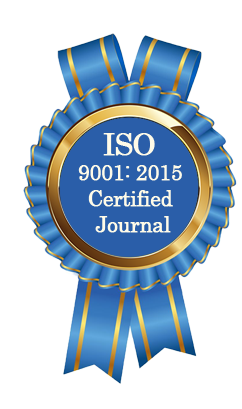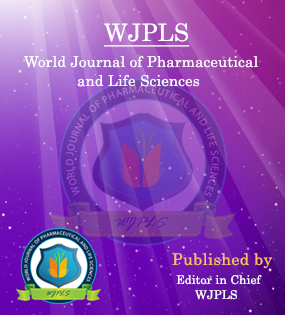Abstract
IN VIVO ANTIVENOMOUS EFFECT OF THE MINERALS MUCUNA PRURIENS AND MILLETTIA PINNATA (FABACEAE) ON ORYCTOLAGUS CUNICULUS
Obou Constantin Okou*, N’guessan Emmanuel Assemian, Marc Hermann Akaffou, Manga Constant Tieu, Allico Joseph Djaman
ABSTRACT
The objective of this study was to establish the scientific basis for the traditional antivenomous use of the minerals Mucuna pruriens and Millettia pinnata (Fabaceae). During this study, some rabbits were previously collected, others were scarified as a preventive or curative measure, and still others were poisoned with the venom of Naja nigricollis and then treated with the minerals from both plants, and then they were collected separately according to the level of handling in order to determine their biochemical and hematological parameters respectively. Finally, the rabbits were observed at all these handling stages. The results of the various observations showed that: - all control or scarified rabbits are generally calm, docile and easy to handle;- all venomed rabbits have in most cases difficulty moving around, are agitated, have difficulty lifting and relaxing the leg on which the injection was made and this 20 to 30 minutes after injecting them with the venom ;- some rabbits died a few hours after the injection of the venom despite their treatment, while others survived a few days later. Thus, these results have shown that the minerals from each plant have antivenomous actions on the venom of Naja nigricollis. However, minerals from Millettia pinnata have shown significant effects both preventively and curatively. Therefore, these minerals may be an obvious resource for the development of phytomedicines against ophidian envenimation.
[Full Text Article] [Download Certificate]WJPLS CITATION 
| All | Since 2019 | |
| Citation | 422 | 322 |
| h-index | 9 | 7 |
| i10-index | 4 | 2 |
INDEXING
NEWS & UPDATION
BEST ARTICLE AWARDS
World Journal of Pharmaceutical and life sciences is giving Best Article Award in every Issue for Best Article and Issue Certificate of Appreciation to the Authors to promote research activity of scholar.
Best Article of current issue
Download Article : Click here





